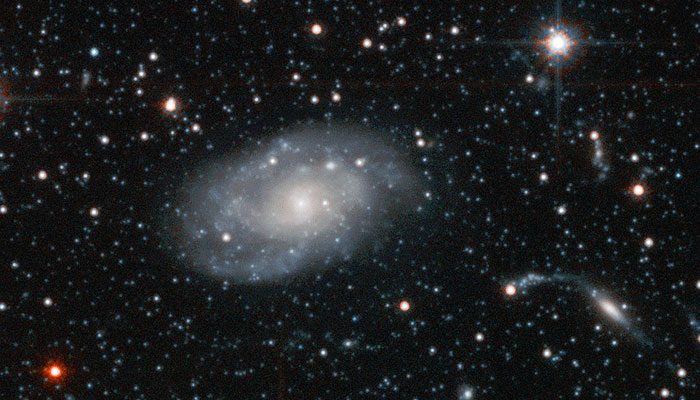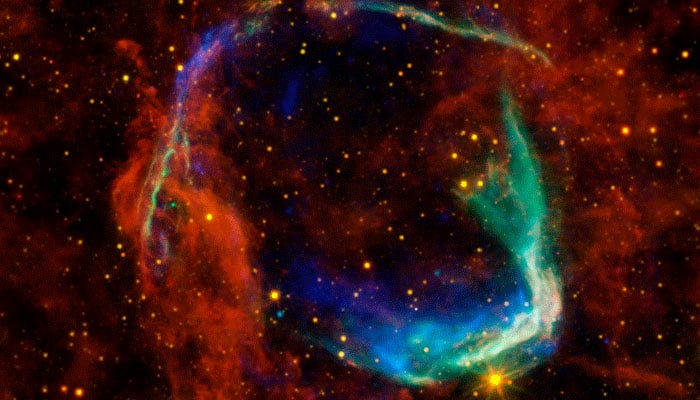Scientists discover 'oldest-known star' in Galactic Halo
First stars illuminated universe during cosmic dawn, put an end to cosmic "dark ages" that followed Big Bang, says expert
June 08, 2023

Scientists have discovered the oldest star LAMOST J1010+2358 currently known in the Galactic Halo, enabling experts to broaden their understanding of the evolution of early stars and of the universe.
According to the findings of the study, the star was born in the gas cloud left by a first-generation star having mass up to 260 times our Sun.
The new study was published in the journal Nature Wednesday.
The research was carried out under the Chinese Academy of Sciences (CAS) and was led by Chinese astronomers at the National Astronomical Observatories of China (NAOC).
The project leader Zhao Gang stated that the first stars illuminated the universe during the cosmic dawn and put an end to the cosmic "dark ages" that followed the Big Bang.
“However, the distribution of their mass is one of the great unsolved mysteries of the cosmos,” he added.
As per the numerical simulations of the formation of the first stars, the mass of the early stars could reach up to masses similar to hundred suns.

Zhao noted: "Among them, the first stars with masses between 140 and 260 solar masses ended up as a special type of supernovae, called pair-instability supernovae [PISN], which would imprint a unique chemical signature in the atmosphere of the next generation of stars.”
However, he underlined, "no direct evidence of such type of supernovae had been previously found."
Given the star’s chemical characteristics, it is consistent with the theory of PISN.
The first survey was conducted by the Large Sky Area Multi-Object Fiber Spectroscopic Telescope (LAMOST) in China after that the follow-up observation was carried out by the Subaru telescope in Japan, identifying this chemically peculiar star.
"Our discovery is the first clear direct evidence of the existence of a PISN from a very massive first-generation star in the early universe," Xing Qianfan, a key member of the study said.
Timothy Beers, a professor at the University of Notre Dame in the US, noted: "This paper presents what is, to my knowledge, the first definitive association of a Galactic halo star with an abundance pattern originating from a PISN."
Wang Xiaofeng, a professor at Tsinghua University, said that the "next generation stars carry the elemental imprints formed by the evolution and death of the previous generation stars."
"It's like we can trace the characteristics of a child's father by examining the child's DNA.”
"Understanding the properties of the first-generation stars is crucial for us to understand the formation of stars, galaxies, and the large-scale structure of the universe," said Han Zhanwen, of CAS.
Toshitaka Kajino, a professor at Beihang University underlined: "I think that this discovery, with many findings expected to come in the future, might shed light on the still unknown mechanism of very massive black hole formation in the early universe."











